Luz García
Leveraging a Probabilistic PCA Model to Understand the Multivariate Statistical Network Monitoring Framework for Network Security Anomaly Detection
Feb 02, 2023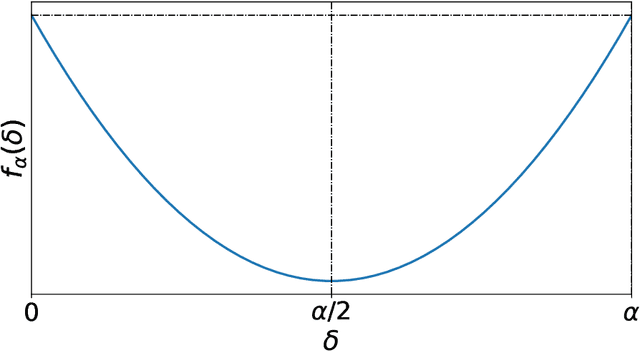
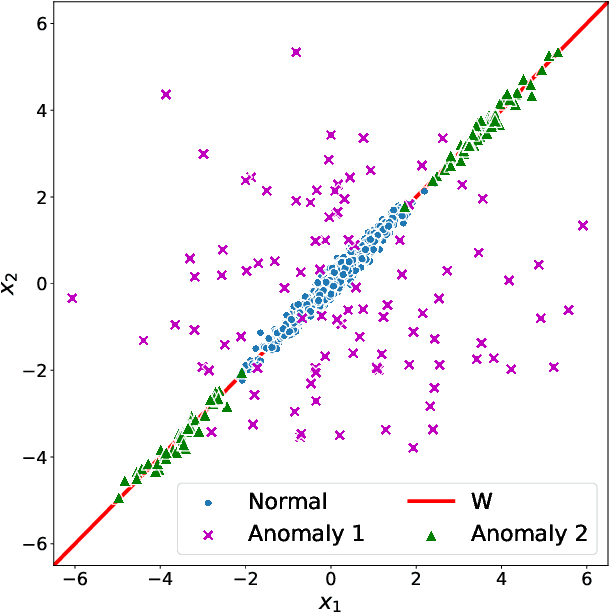

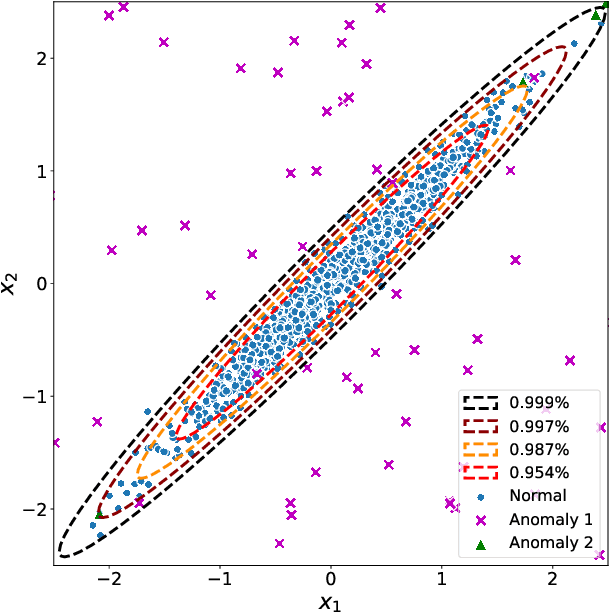
Abstract:Network anomaly detection is a very relevant research area nowadays, especially due to its multiple applications in the field of network security. The boost of new models based on variational autoencoders and generative adversarial networks has motivated a reevaluation of traditional techniques for anomaly detection. It is, however, essential to be able to understand these new models from the perspective of the experience attained from years of evaluating network security data for anomaly detection. In this paper, we revisit anomaly detection techniques based on PCA from a probabilistic generative model point of view, and contribute a mathematical model that relates them. Specifically, we start with the probabilistic PCA model and explain its connection to the Multivariate Statistical Network Monitoring (MSNM) framework. MSNM was recently successfully proposed as a means of incorporating industrial process anomaly detection experience into the field of networking. We have evaluated the mathematical model using two different datasets. The first, a synthetic dataset created to better understand the analysis proposed, and the second, UGR'16, is a specifically designed real-traffic dataset for network security anomaly detection. We have drawn conclusions that we consider to be useful when applying generative models to network security detection.
Artificial Intelligence and Dimensionality Reduction: Tools for approaching future communications
Dec 20, 2021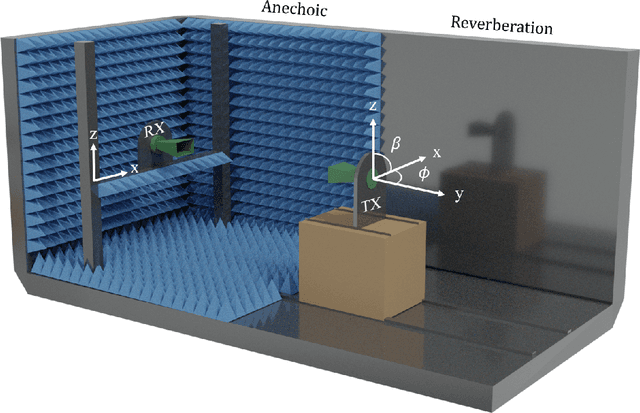
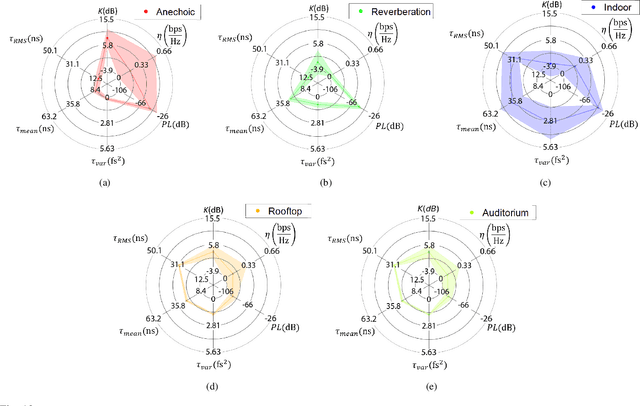
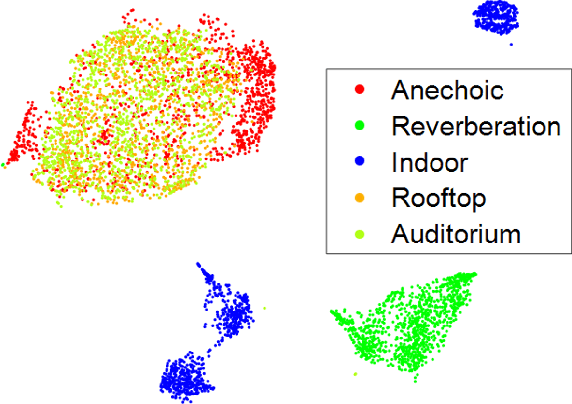
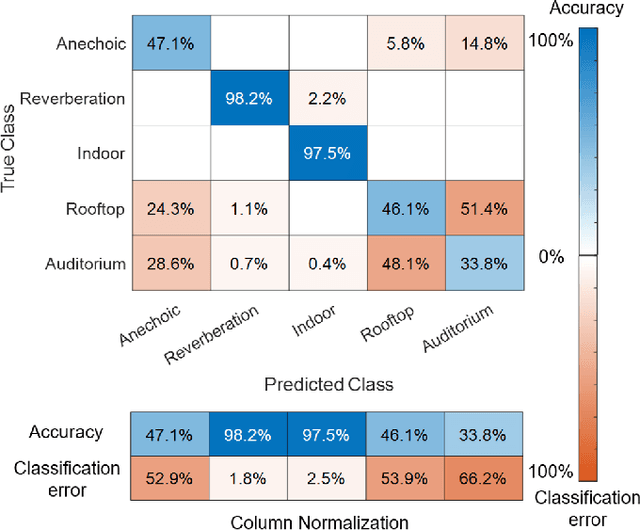
Abstract:This article presents a novel application of the t-distributed Stochastic Neighbor Embedding (t-SNE) clustering algorithm to the telecommunication field. t-SNE is a dimensionality reduction (DR) algorithm that allows the visualization of large dataset into a 2D plot. We present the applicability of this algorithm in a communication channel dataset formed by several scenarios (anechoic, reverberation, indoor and outdoor), and by using six channel features. Applying this artificial intelligence (AI) technique, we are able to separate different environments into several clusters allowing a clear visualization of the scenarios. Throughout the article, it is proved that t-SNE has the ability to cluster into several subclasses, obtaining internal classifications within the scenarios themselves. t-SNE comparison with different dimensionality reduction techniques (PCA, Isomap) is also provided throughout the paper. Furthermore, post-processing techniques are used to modify communication scenarios, recreating a real communication scenario from measurements acquired in an anechoic chamber. The dimensionality reduction and classification by using t-SNE and Variational AutoEncoders (VAE) show good performance distinguishing between the recreation and the real communication scenario. The combination of these two techniques opens up the possibility for new scenario recreations for future mobile communications. This work shows the potential of AI as a powerful tool for clustering, classification and generation of new 5G propagation scenarios.
 Add to Chrome
Add to Chrome Add to Firefox
Add to Firefox Add to Edge
Add to Edge